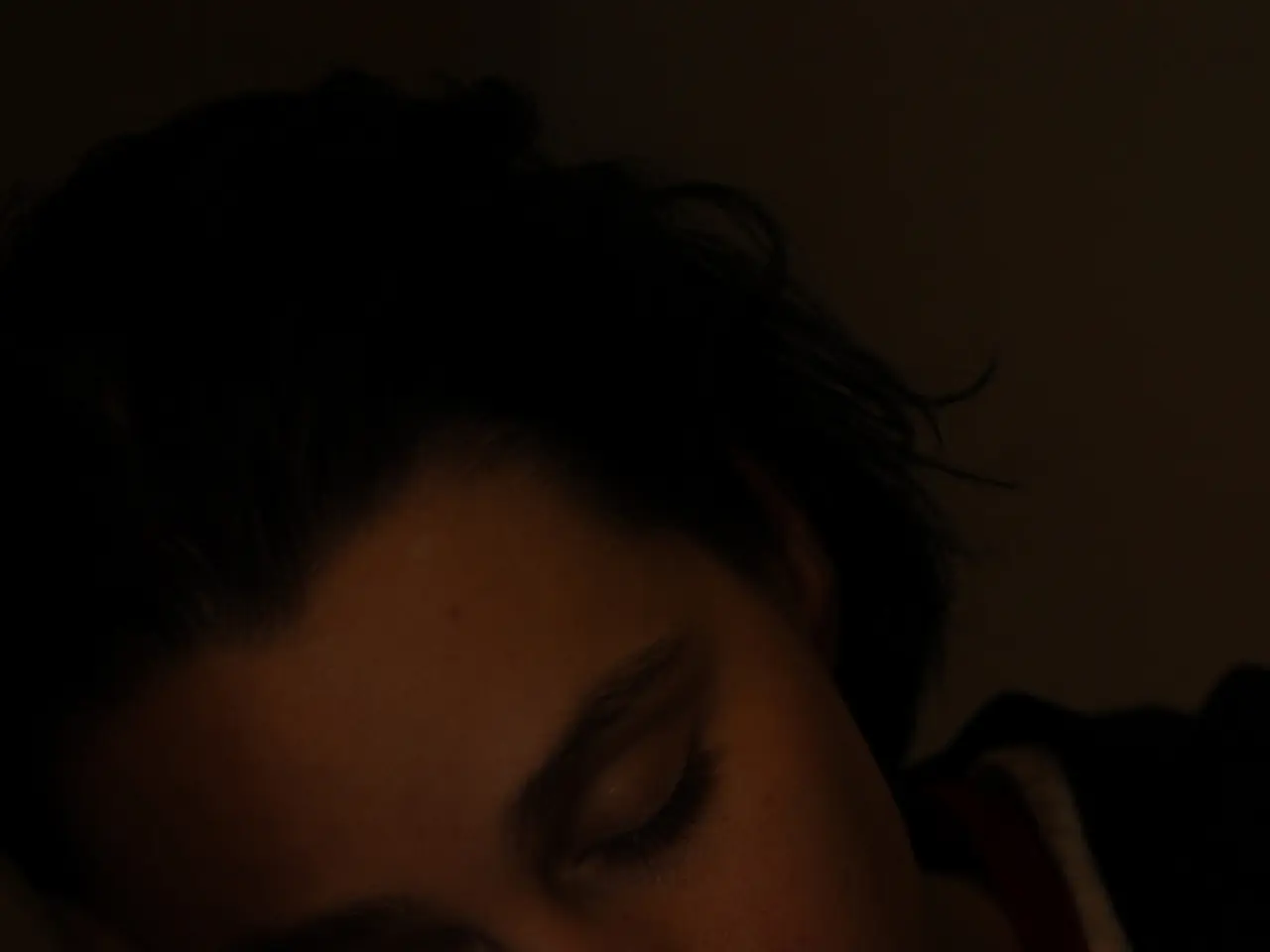A Question Regarding the Possibility of Dreaming During Non-REM Sleep
In the realm of slumber, dreams have long been associated with REM (Rapid Eye Movement) sleep, a stage that makes up about a quarter of our total sleep time. However, a new understanding is emerging about the dreaming process, as research suggests that dreams can occur during both REM and non-REM (NREM) sleep stages.
Isabelle Arnulf, a sleep neurologist at Sorbonne University in Paris, has conducted a study where she suppressed REM sleep in participants and found that many still reported dream-like mental content upon waking up, even though they had never entered REM sleep. This discovery challenges the common belief that dreams are solely the domain of REM sleep.
During NREM sleep, dreams tend to be less frequent, shorter, more conceptual, and often lack a clear narrative compared to REM dreams. When awoken during NREM sleep, people often report dream-like experiences that feel like fragments of thoughts or memories and can be difficult to remember. These dreams may show special brain activity patterns such as changes in slow waves and sleep spindles.
On the other hand, when brain activity is slower, people are less likely to report a dream when woken up. In contrast, when awoken during REM sleep, people often report vivid dreams with a strong narrative thread. REM dreams are characterized by high brain activity in memory and emotion-related areas, making them vivid and story-like.
Research indicates that dream recall frequency is higher in REM sleep (up to 90%) and lower in NREM sleep stages (around 50%). Some clinical observations also distinguish nightmares (usually REM sleep) from night terrors, which occur in non-REM sleep and are more common in children.
Francesca Siclari, a sleep researcher at the Netherlands Institute for Neuroscience, has used electroencephalography (EEG) to study dreams during different sleep stages. Her work suggests that dreams can take on different forms during different sleep stages, providing a unique perspective on how the mind works when it's decoupled from the outside world.
Despite the prevalence of dreaming during both REM and NREM sleep, most people remember only a tiny fraction of their dreams. The study of dreams could reveal deeper truths about how the human brain works, shedding light on the mysteries of consciousness, memory, and emotion. As our understanding of dreams evolves, it becomes clear that the belief that dreams are only associated with REM sleep is outdated and inaccurate.
[1] Arnulf, I. (2017). Dreaming in the absence of REM sleep. Sleep, 40(7), zco087. [2] Siclari, F. (2020). Dreaming in sleep: A review of the neurophysiology of sleep and dreaming. Neuroscience & Biobehavioral Reviews, 118, 377-391. [3] Hobson, J. A., & McCarley, R. W. (1977). A theory of dreaming as a product of activation-synthesis. American Journal of Psychiatry, 134(6), 593-602. [4] Unpublished sleep quiz results. [5] Cai, X., Li, J., & Wang, Y. (2010). Dreaming during NREM sleep and its relation to NREM sleep stages. Sleep, 33(11), 1527-1533.
[1] dreams can occur during both REM and non-REM sleep stages, as a new understanding emerges about the dreaming process, [2] with dreams during NREM sleep being less frequent, shorter, more conceptual, and often lacking a clear narrative compared to REM dreams.




